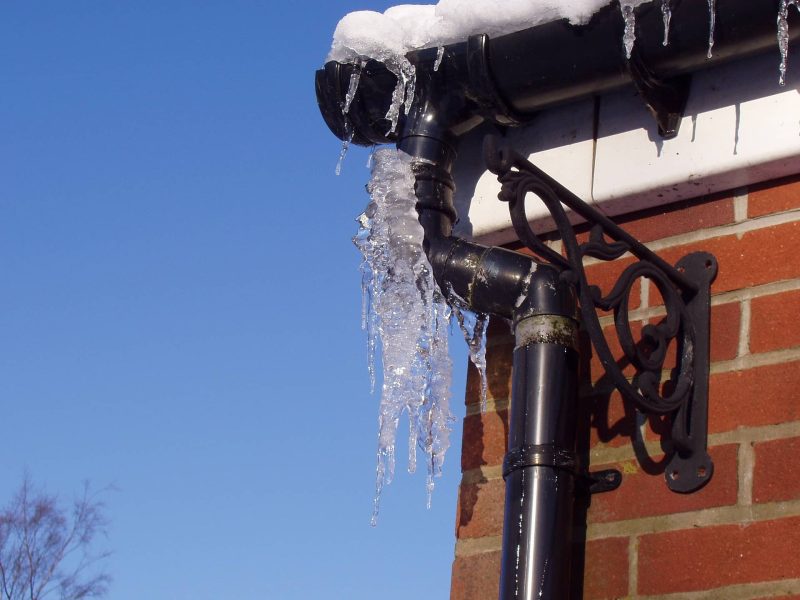There’s nothing like a fresh layer of snow on a crisp winter morning — except for maybe warm feet, unburst pipes, and a heating bill that doesn’t cost an arm and a leg. This cozy picture could be your life… if you know how to winterize your home.
When you winterize a home, you protect its infrastructure, thus ensuring many more years of memories. This also means you spend less money on repairs, leaving a bigger budget for that beachy vacation you have your eye on.
To get you started, we have compiled a home winterization checklist on help you prepare your property for the coldest time of year. We’ve also included some bonus tips on what to do if you forget until after the first freeze of the year. Just in case.
Home Winterization Checklist
Pipes
Once frozen temperatures (anything below 32 degrees Fahrenheit) settle in for the season, unprotected pipes could burst due to the expansion of frozen water. The result? Plumbing bills and water damage.
Here’s what to do:
- Check for build-up and blockages
- Open cabinet doors allow warm air to surround the pipes
- Keep a small drip of water running in one or two sinks to keep the water moving

Insulate Against Leaks
If you have an older house that is suspect to drafts, you could face increased heating bills as hot air leaks out and cold air in — upwards of $400 extra a year! Check doors, windows, and power outlets for holes where these pesky drafts originate.
Here’s what to do:
- Add a draft guard underneath your door
- Swap out screen doors with more durable replacement doors
- Upgrade single-pane window with replacement windows
- Caulk breaks in window sealant
- Cover outlets with temporary foam
Fireplace
Got a fireplace? Lucky you! That said…a chimney is just a hole. In the middle of your home. During winter.
Here’s what to do:
- Ensure your chimney damper is operational – and if your chimney does not have a damper (older homes may not), consider a chimney balloon
- Check for critter nests
Odds and Ends
And while you’re at it….
Here’s what to do:
- Check your roof for broken or missing shingles and clear any debris
- Trim tree branches that could damage the home upon falling
- Avoid ice blocks and mold by clearing out your gutters as soon as leave falls
- Replace your furnace filter for more efficient heating
- If you have time and the budget, winterize your home by adding vinyl siding for an extra layer of immunity against water damage.
Bonus Home Winterization Checklist for If You Fall Behind
Winter is a busy season — there’s holiday shopping/parties/dinners. So it’s easy to see how you could forget to winterize your home before the first freeze.
If this is you, besides all the above, here’s what to do:
- Wrap frozen pipes with towels soaked in boiling water
- Can’t get close enough to add towels? Use a hairdryer!
- Turn off the water until the pipes thaw out
Homeowner Funding Can Help You Winterize Your House
Knowing how to winterize a home is an important part of property maintenance. It’s also very expensive. Fortunately, if you need financial assistance, there are many options available, including grants, loans, and more. Homeowner Funding was founded to help people just like you take full advantage of all the resources, even the ones they don’t know they have access to!
If you live in Connecticut, Massachusetts, New York, New Jersey, Pennsylvania, or Rhode Island, reach out to Homeowner Funding today. We can help you finance the home improvements you need to protect your property from the elements.